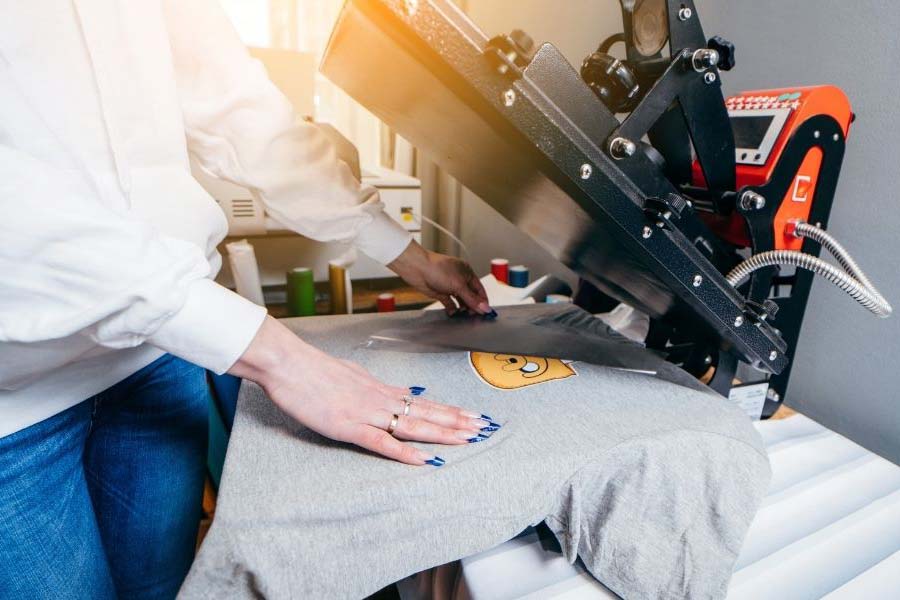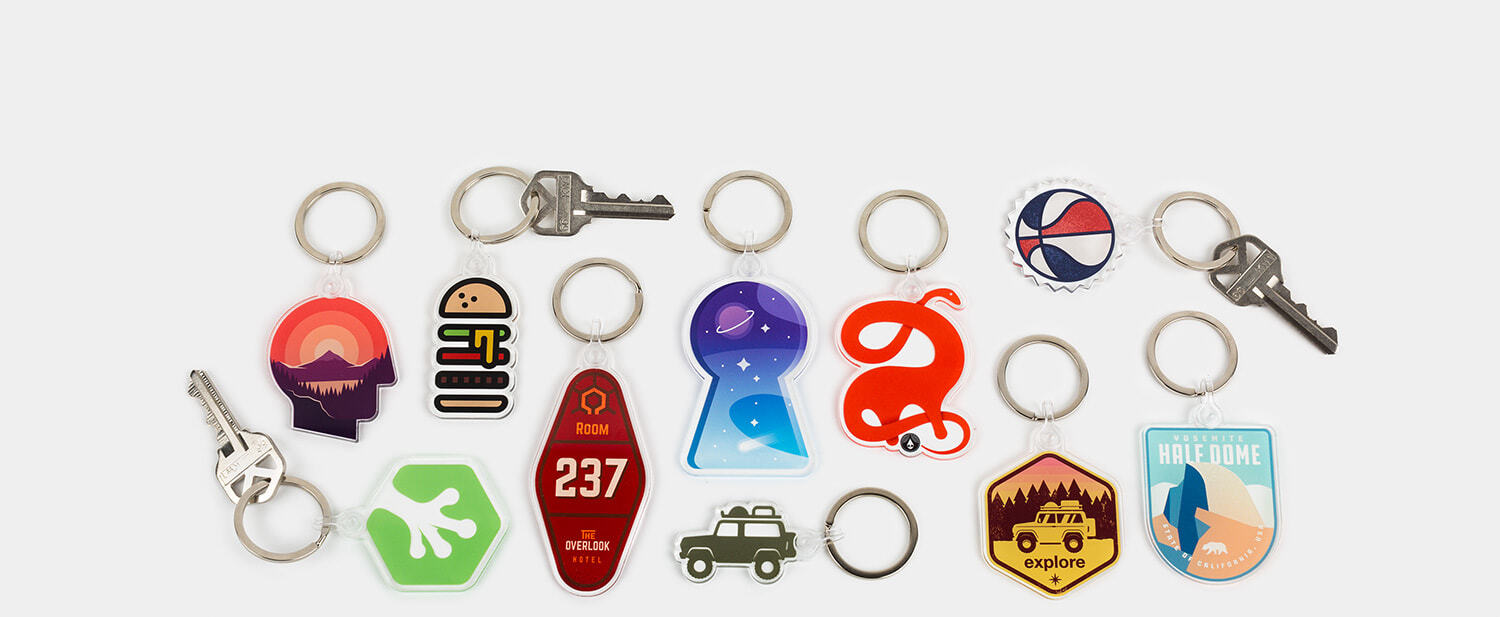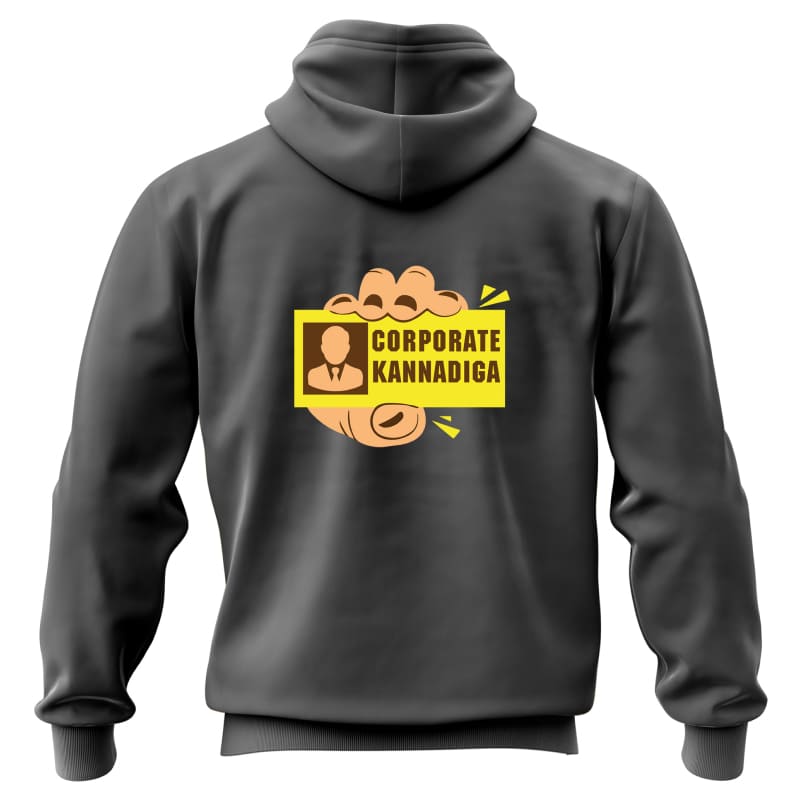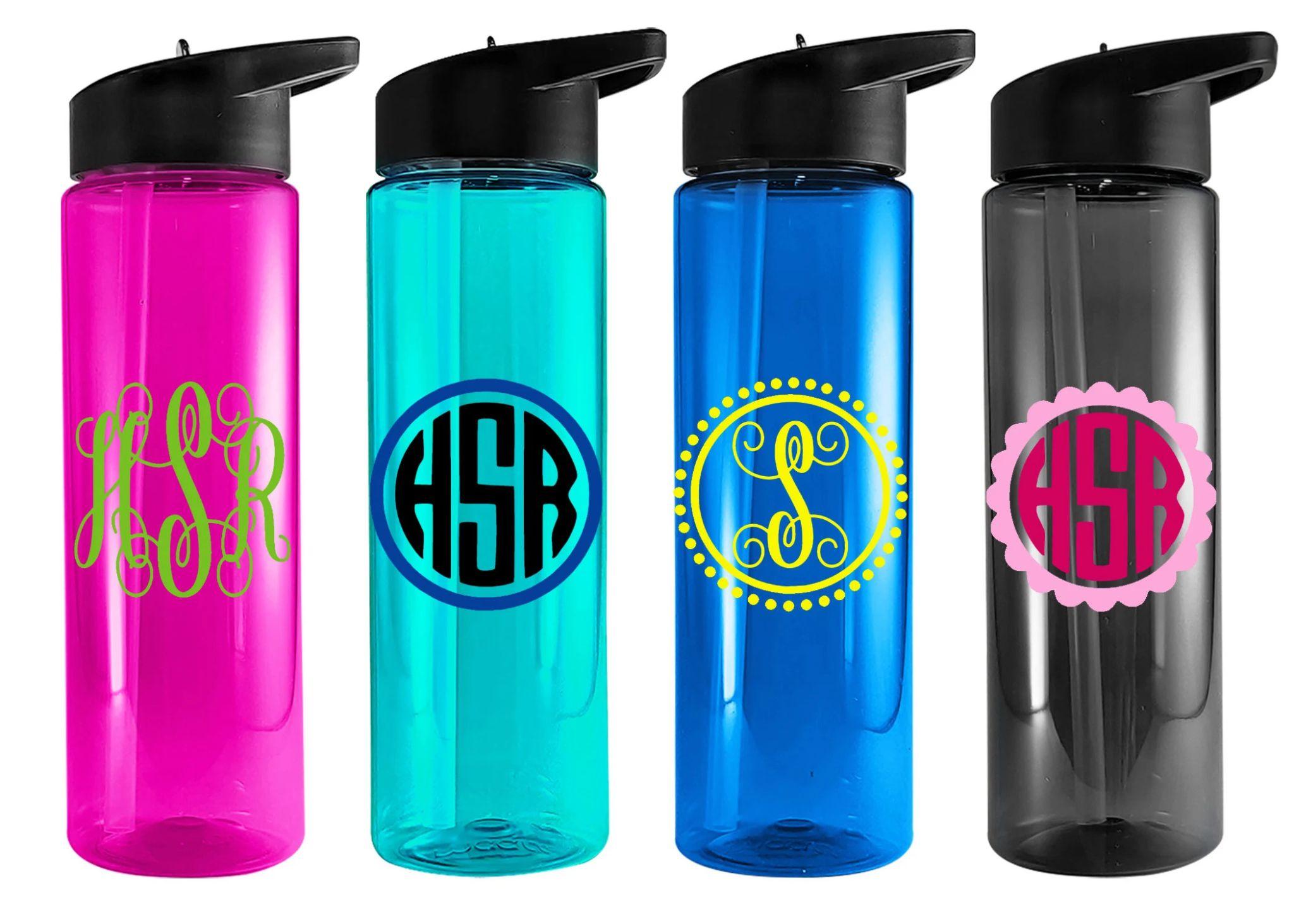Vinyl Printing for Custom Items- Take Your Business to the Next Level
| Feb, 09 , 23
If you are reading the blog, it is safe to assume that you have decided to plunge into custom items - or at least, you are considering it. The potential for financial and creative opportunities in the industry is massive. Never before has it been this straightforward to create custom products - we have several options. But, it can also confuse which to choose. Do not worry! We are here to help. We will discuss one of the most popular methods - vinyl printing. But, before we jump in, it would help to become familiar with heat transfer.
What is heat transfer printing?
Heat transfer printing is a method of printing designs, text, or images onto various surfaces, including fabric, plastic, and paper. The process involves printing a design onto a special release paper, which is then transferred onto the target surface using heat and pressure. The heat activates the adhesive on the back of the design, causing it to stick to the surface. Heat transfer printing is valuable for creating custom apparel and promotional products, such as t-shirts, hats, bags, etc. It is quick and efficient, making it a popular choice for printing small batches of custom products.
There are several types of heat transfer printing, including:
- Vinyl Heat Transfer: This involves cutting a design out of vinyl material and heat-pressing it onto the product.
- Sublimation Heat Transfer: This involves using heat and pressure to transfer dye from a special ink onto a polyester or polymer-coated surface.
- Digital Heat Transfer: This involves printing a design onto special transfer paper using a digital machine and then heat-pressing the design onto the item.
- Screen Printed Heat Transfer: This involves screen printing a design onto special transfer paper and then heat-pressing it onto the surface of the product.
- Flock Heat Transfer: This involves cutting a design out of a flocked material and heat-pressing it onto the product.
Each type of heat transfer printing has its advantages and disadvantages, and the choice of method will depend on your requirements, including the desired look, durability, and cost.
What is vinyl heat transfer printing?
Vinyl printing creates designs, text, or images on various items, including fabric, plastic, and paper. In merchandising, we often use it to create custom apparel and promotional products. The vinyl material is cut into the desired shape and then heat-pressed onto the product, creating a durable, long-lasting print. This method is famous for custom t-shirts, hats, bags, and other promotional items.

Advantages:
Durability: Vinyl material is highly durable and resistant to fading, cracking, and peeling, making it a good choice for printing designs that will be subjected to frequent use or wear.
Versatility: Vinyl can be cut into a wide range of shapes and sizes, allowing for many design options. We can use it on fabrics, plastic, and paper.
Vibrant Colors: Vinyl heat transfer allows bright, vivid colors that will not fade or wash away easily.
Cost-Effective: Vinyl heat transfer is a cost-effective option for printing small batches of custom products, especially compared to other printing methods, like screen printing.
Quick and Efficient: The process is quick and efficient, making it a good choice for projects that require a fast turnaround time.
Vinyl heat transfer is a popular choice for creating custom apparel and promotional products because of its durability, versatility, and affordability.
What kind of fabrics can we use for vinyl heat transfer printing?
We can use it for a variety of fabrics, including:
- Cotton is a popular choice for vinyl heat transfers as it is a breathable, soft, and durable fabric.
- Polyester is a synthetic fabric popular for vinyl heat transfers due to its smooth, non-porous surface, which allows for vibrant and long-lasting prints.
- Blends:Fabric blends, such as cotton-poly blends, can also be used for vinyl heat transfers. They offer the benefits of cotton and polyester, making them a versatile option for many applications.
- Canvas can also be used for vinyl heat transfers, although we use it more commonly for screen printing. It provides a sturdy, heavy-duty surface for vinyl heat transfers, making it a good choice for products subjected to frequent use or wear.
It is crucial to know that certain fabrics as rayon, silk, and nylon, are unsuitable. Always test the material before starting a project to ensure that the vinyl will adhere and create a long-lasting print.
What are the cons of vinyl heat transfer printing?
As with any process, it has a few disadvantages, including:
Limitations in fine detail: Vinyl heat transfer may not be the best choice for designs that require fine details, as the thickness of the vinyl material can make it challenging to achieve crisp lines and fine details.
Limited Color Options: The color options for vinyl heat transfer are limited, and some shades may not be available or may not match the desired color exactly.
Texture Issues: The texture of the vinyl material can be noticeable on the custom product, especially on lighter or more delicate fabrics.
Heat Sensitivity: Vinyl heat transfers may not be suitable for custom products subjected to high heat or intense sunlight, as the vinyl material may shrink, crack, or peel.
Durability: While vinyl is durable, it can still become brittle and crack over time, especially if it is subjected to frequent washing or wear.
Despite these disadvantages, vinyl heat transfer remains a popular choice for creating custom apparel and promotional products due to its affordability and versatility. When choosing a printing method, consider both the benefits and drawbacks and select the process that best suits your specific requirements.

What are the steps of vinyl heat transfer printing?
The vinyl heat transfer printing involves the following steps:
Design Preparation: They create the design in vector-based software, such as Adobe Illustrator.
Vinyl Cutting: They use a vinyl cutter to cut the design out of the vinyl material, creating the artwork in a solid form.
Weeding: The manufacturer removes the excess vinyl material around the design, leaving only the desired artwork.
Transfer Tape Application: Transfer tape is applied over the design to help hold it in place and to make it easier to transfer to the target surface.
Heat Pressing: They position the artwork onto the target surface and heat-press using a heat press machine. The heat and pressure activate the adhesive on the back of the vinyl, causing it to stick to the surface.
Transfer Tape Removal: They remove the transfer tape, leaving only the vinyl design on the target surface.
Finishing: The final step is to inspect the design to ensure that it properly adheres to the surface and that there are no visible defects.
The process of vinyl heat transfer printing is relatively quick and efficient, making it a popular choice for printing small runs of custom products. We can ensure a successful outcome with the correct procedure, equipment, and materials.

How to use vinyl heat transfer?
Vinyl heat transfer is an option for companies that want custom merchandise, such as t-shirts, hats, bags, and other promotional products. Here are some tips on how organizations can use it:
Define the product and target audience: Determine what type of product you want to create and who your target audience is. It will help you to choose the precise materials and design elements.
Create a design: Develop an artwork that is both visually appealing and appropriate for your target audience. Use vector-based software, such as Adobe Illustrator, to create your design.
Choose the right vinyl: Select a vinyl material suitable for the type of product you are creating. Keep in mind the durability and color options of the vinyl, as well as its heat sensitivity.
Market and sell your products: Develop a marketing plan to promote the custom products and reach your target audience. Use social media, email marketing, and other marketing channels to reach potential customers.
With these tips, companies can effectively use vinyl heat transfer to produce custom merchandise and promotional products. Whether you are just starting or are looking to expand your product line, vinyl heat transfer can be a cost-effective and efficient option for creating high-quality products.

How to use vinyl heat transfer printing for brand awareness?
Vinyl heat transfer printing is a versatile and cost-effective way to create custom merchandise and promotional products and can be a powerful tool for building brand awareness. Here are some ways that companies can use vinyl heat transfer printing to enhance their brand awareness:
Custom Apparel: Custom t-shirts, hats, socks, and other types of apparel are a popular and effective way to spread the word about your brand. By printing your logo or other brand elements on high-quality garments, you can create a wearable billboard that promotes your brand wherever it is worn.
Promotional Products: Vinyl heat transfer can be valuable for several promotional products, such as water bottles, key chains, and pens. These items can be given away at events, used as marketing materials, or sold to support your brand.
Trade Show Displays: You can use this method to create eye-catching displays for trade shows. You can make a positive impression on potential customers and partners by presenting your brand professionally and consistently.
Product Labeling: Use it to label products and packaging, adding a professional touch and helping to build brand recognition.
Employee Uniforms: Create custom uniforms for employees, helping to promote a professional image and build brand awareness.
By using vinyl heat transfer printing to create custom merchandise and promotional products, companies can increase their brand visibility and reach a wider audience. Whether you want to promote a new product, build brand awareness, or create a memorable and professional image, vinyl heat transfer printing can be a valuable tool for your marketing efforts.
Tips for vinyl heat transfer:
When designing artwork for vinyl heat transfer printing, use these tips to ensure a high-quality final product:
Simplicity: The simpler the design, the easier it will be to cut from vinyl material and transfer onto the final product. Avoid intricate details and small text, as these can be difficult to create on custom products.
High Resolution: The artwork should be created in high resolution, with a minimum of 300 DPI, to ensure that the final print is clear and sharp.
Size Limitations: Keep in mind the size limitations of the vinyl material. The design should be created with it in mind to ensure that the final print is not too small or too large for the item.
Color Choice: Choose bright and bold colors, as these will transfer best to the final product. Avoid light or pale colors, as these can be difficult to see on some fabrics.
File Format: The artwork should be saved in a vector format, such as AI or EPS, to ensure scaling without losing quality.
Follow these tips when designing vinyl heat transfer printing, and you can ensure a high-quality final product that accurately represents your brand and effectively promotes your message.
What custom items can we create using the vinyl heat transfer method?
We can use it on a wide range of items, including:
Custom Clothing: T-shirts, hoodies, jackets, hats, socks, and other types of apparel are popular choices for vinyl heat transfer printing.
Custom Bags: We can customize backpacks, tote bags, etc., with vinyl heat transfer printing.
Custom Accessories: Vinyl heat transfer can be used to print designs on items such as hats, beanies, etc.
Home Goods: We can make pillows, towels, and other home items with vinyl heat transfer printing.
Promotional Items: Keychains, water bottles, and other promotional items can be printed with vinyl heat transfer to create unique and eye-catching merchandise.
This versatility makes vinyl heat transfer a lovely choice for companies that want custom merchandise, promotional products, or other items. Regardless of the type of item you are looking to customize, it can provide a high-quality and durable print that promotes your brand and message.
Conclusion:
Vinyl heat transfer is a popular and cost-effective method for printing custom merchandise and promoting brand awareness. With its durability, versatility, quick turnaround time, and vibrant color options, vinyl heat transfer printing is a valuable tool for businesses of all sizes. Whether creating unique merchandise for fans, custom uniforms for employees, or promotional products for trade shows, vinyl heat transfer printing can help you achieve your goals and build your brand. However, it's vital to keep in mind the design limitations and precautions when creating artwork for vinyl heat transfer printing to ensure a high-quality final product. Overall, vinyl heat transfer printing is a reliable and efficient solution for companies looking to produce custom merchandise and promote their brand.
Customize high-quality custom items with EverLighten:
EverLighten has helped startups, corporations, sports teams, nonprofits, hospitals, celebrities, individuals, etc., for nineteen years.
- Best value: We manufacture custom items in our factory, which helps you to get the best cost in the industry.
- Top quality: Customers get items with the best materials, processes, and packaging.
- Quick delivery: EverLighten delivers every project in the least time.
- Comprehensive support: You can contact the customer help team anytime.
- Customer-first: We love helping people and accept every order.
- 100% customization: Customers can customize every aspect - materials, colors, size, artwork, shape, printing process, etc.
- Low order requirement: We offer the lowest minimum order quantity in the industry.
- Worldwide delivery: EverLighten delivers to every part of the globe, and customers can track their orders with an online tool.
For more advice, inspiration, and ordering, visit https://everlighten.com/
Tags:
custom products

